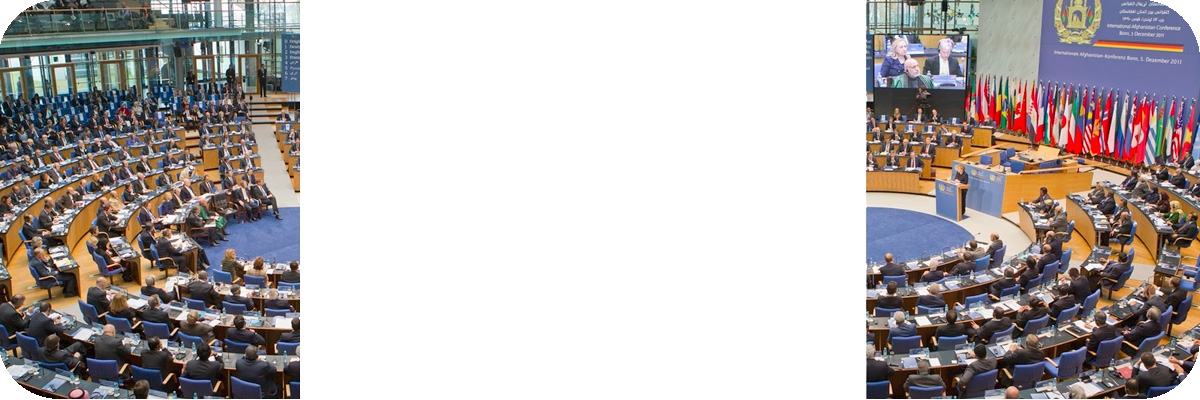Browse

From World War to Post-Cold War, the piracy, the radio, and the bubble can be understood as three non-normalcy situations in which the violations of borders are most observed around the Pacific Rim. The development of Radio broadcasting in Taiwan originated from the late 1930s, when Japanese colonial regime sought to promote the idea of The Greater East Asia Co-Prosperity Sphere to Southern China and Nanyang (maritime Southeast Asia). Taiwan was then the southernmost territory to exert its co-ordination (Gleichschaltung) effect through the radio. The rampant Southeast Asia pirates can be traced back to the time before Koxinga occupied Penghu to expel the Dutch. Meanwhile, the Malacca pirates are related to Orang Laut in the Malay Archipelago today. The strait’s narrow passage makes it difficult to wipe out illicit activities in this area. Therefore, Singapore, Indonesia and Malaysia are forced to integrate patrol resources. These situations foreground “piracy” as a metaphor for the power beyond modern border control.
Since the COVID-19 pandemic has become the global new norm, the New Zealand government reportedly considered to create a “bubble” to include the countries that have successfully contained COVID-19 outbreak in the Asia Pacific region. To ensure economic development, it would prioritize extending the Trans-Tasman Bubble (that comprises New Zealand and Australia) to countries like South Korea and Taiwan, to ease the travel restrictions. “Tasman” refers to the sea separating the two countries. The biopolitics of this bubble is a different concept than the kinship nature of the imagined community (the nation). Under this new norm of the pandemic, how can Nusantara Archive, derived from Malay Archipelago, reimagine the community (from the biological construct to the political exclusion) through the three keywords (the piracy, the radiowave, and the bubble)? And how will we develop our responses to the global currency crisis from these non-normal historical practices in the region?
Based on the collaborative project between OCAC and 2020 Nusantara Archive with the same title, Issue “ThePiracy, the Radiowave, the Bubble” contains the Mandarin / English interview with Singapore artist collective soft/WALL/studs by curator Esther Lu, and the the introductions (to be translated in English) to the artists’ projects which have addressed different issues in Singapore, Indonesia, and Malaysia – ranging from Post Museum’s “Bukit Brown Index” project (conducted by Rikey Tenn, the initiator of Nusantara Archive project), to Irwan Ahmett & Tita Salina’s “Rim of Fire” project (conducted by Chang, Wen-hsuan, the artist), to Tan Zi Hao’s related project on composite creatures (conducted by Au Sow Yee, the artist). With the three keywords as well as the different notions to further articulate the border-crossing endeavors to counter the Nationalist ideology, the Issue brings out the alternative practices of regional artists in this very situation during the global COVID-19 pandemic period, an attempt to overcome the spatial separation through the internet. (We also collect articles by Wu Hsiang-pin,Kao Jun-honn, and Lai, Ying-tai in the Mandarin version of this Issue.)
Cover Art: Esther Lin,”room 1,2, 3, 4 (intro) b” (2020)